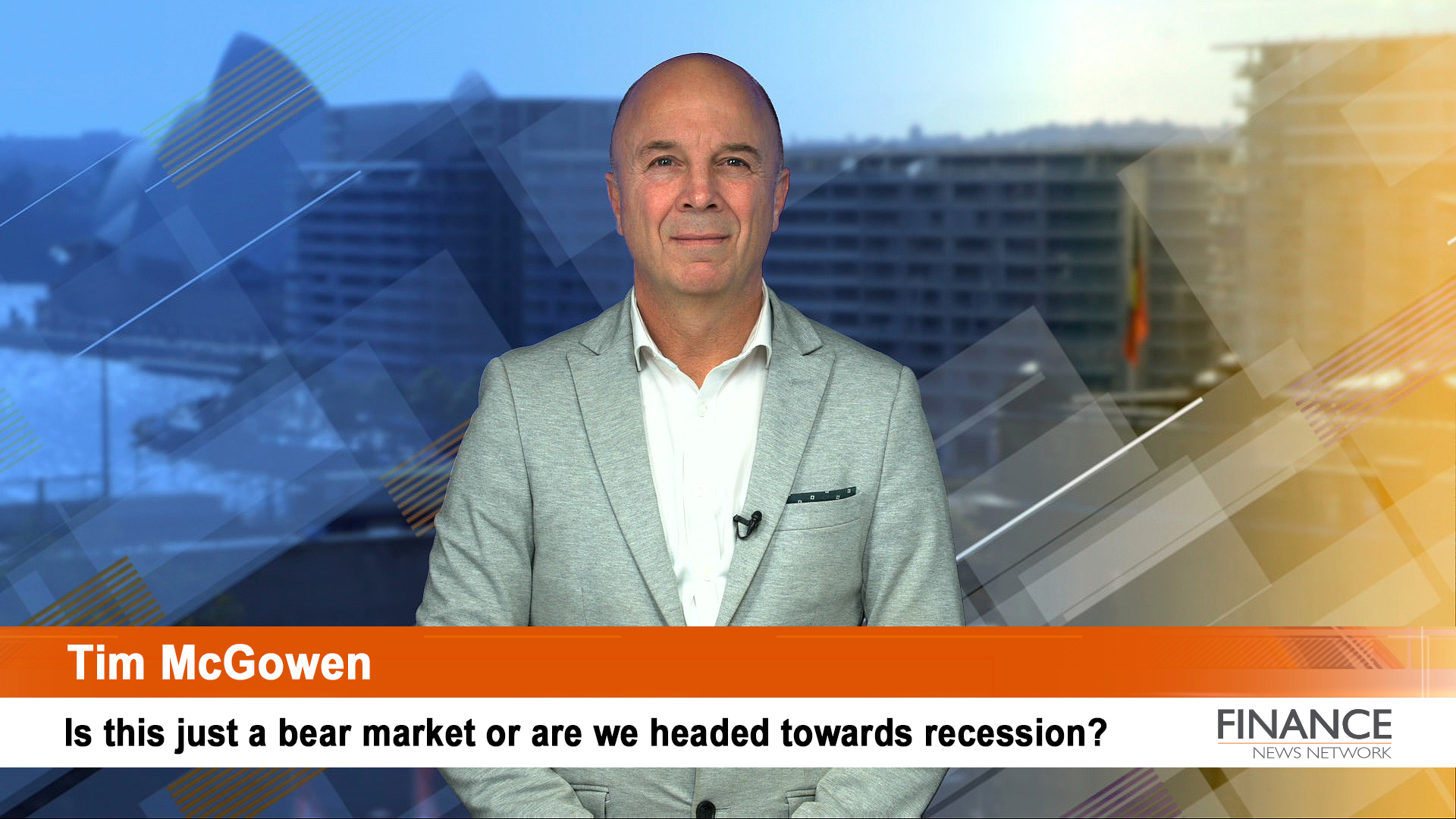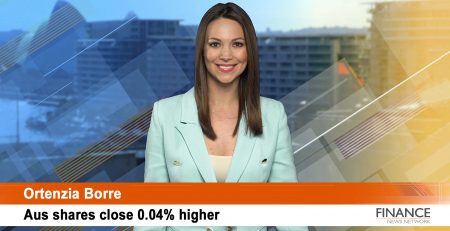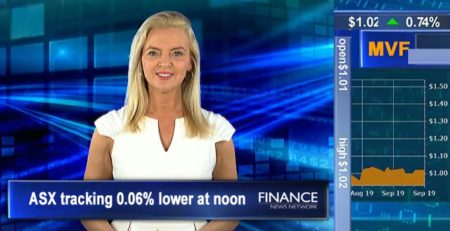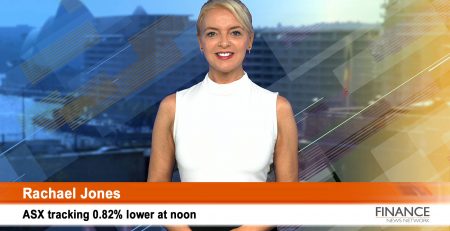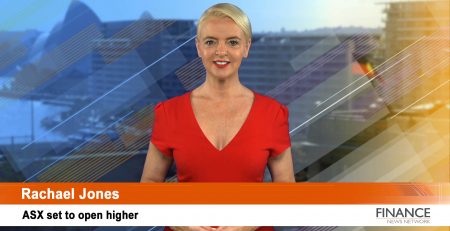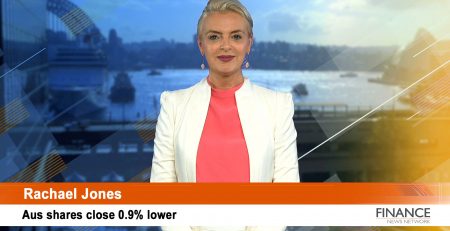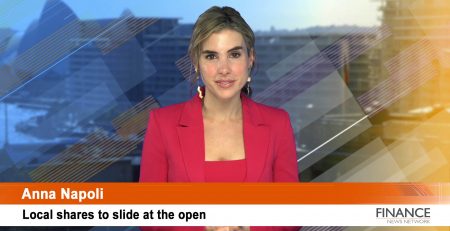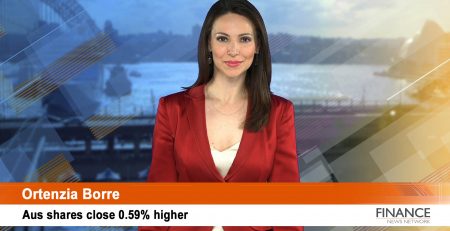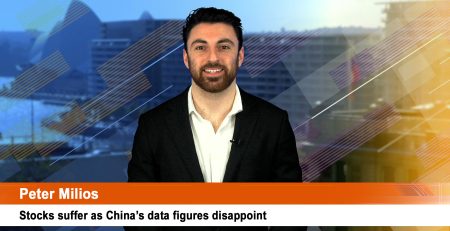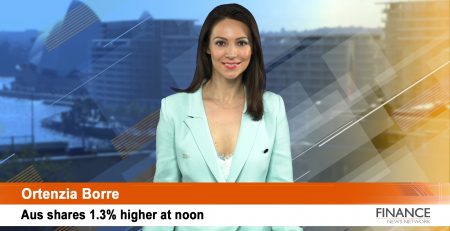Is this just a bear market or are we headed towards recession?
With S&P500 touching official ‘bear market’ territory on Friday night, leading market experts are now starting to highlight the risk of a US recession in 2023. If that’s the case the market can expect further downside if history is any indicator. As it stands US indexes are all posting 7 week losing streaks, with the DOW posting its first 8 week losing streak since 1923.
Investor event
Our next investor event is on next Tuesday 24 May, at 12.30 AEST with Shaw & Partner’s market strategist Martin Crabb, and six CEOs presenting. Make your way to fnn.com.au to register for your free online spot
US indicies were mixed on Friday with a dramatic late-day reversal pushing the benchmarks close to flat by the closing bell.
The Dow Jones Industrial Average rose 8.77 points to 31,261.90 after being down more than 600 points at the day's lows. The Nasdaq Composite fell 0.3% and is already deep in bear market territory, 30% off its highs. The S&P500 was flat – With Rising recession fears briefly pushing the S&P500 into a bear market territoy on Friday – defined by a 20% fall from its high
For the week, the Dow lost 2.9% for its first eight-week losing streak since 1923. For the week S&P 500 lost 3%, while the Nasdaq shed 3.8% — with both indexes posting seven-week losing streaks.
Best performers industries were Pharma, medtech, software, telecommunications, defensives, trucking, & asset managers were the standouts.
Retail and machinery among worst performers on earnings disappointments.
Shares of Deere fell 14% after the heavy equipment maker reported a revenue miss. Shares of Caterpillar declined more than 4%. With Industrials such as Deere and Caterpillar seen as barometers for the
global economy.
Global outflows for the week continued with Investors wrestling with a number of concerns "From inflation, to a hawkish Fed, to the Ukraine war, to supply chain issues, to China’s COVID lockdown, to a slowing economy. Analayst believe that “Until the Fed convinces investors it can tighten monetary policy and reel in inflation without triggering a downturn, it is unlikely markets will stabilise’
So theres two questions to ask here
Firstly Can the US avoid recession? because some of this scernario is now priced into markets
History suggest that "looking back more than 50 years shows that only once was there a bear market without a recession and that was during the Crash of 1987,"
During other near-bear markets that occurred without a recession, stocks bottomed out with a roughly 19% decline – So roughly where we are now.
So if there is no recession – perhaps we have bottomed – however there is now consistent chatter from global economists & bankers that the US might struggle to avoid a recession in 2023.
This week alone, former Goldman Sachs chief executive Lloyd Blankfein warned of a “very, very high risk” of recession; Wells Fargo CEO said there was “no question” that the U.S. economy is heading toward a downturn; and former Fed chair Ben Bernanke cautioned that the country could be poised for “stagflation” — defined by a slowing economy combined with high inflation. If we cant avoid a recession theres more downside to this bear market
The other question is how long do bear markets last? given we briefly hit bear mkt territory on the S&P500 on Friday night.
On average, bear markets have taken 13 months to go from peak to trough and 27 months to get back to breakeven since World War II.
The S&P 500 index has fallen an average of 33% during bear markets. The biggest decline since 1945 occurred in the 2007-2009 bear market when the S&P 500 fell 57%. History is a strong barometer for markets at all times
Now Investors got defensive on Friday pouring funds into U.S. government debt sending yields lower across the board for the day and the week,
Two- and 10-year rates also had their biggest two-week declines in two years. Brent crude finished Friday up 51 cents a barrel, or 0.5%, to $112.55.
Bitcoin, the world’s largest cryptocurrency, fell about 3.6% to finish Friday at $29,121.13. The currency’s price has fallen 57% since its November all-time high.
It will be interesting to watch the debut of several crypto ETFS on the ASX in coming weeks
All eyes will be on the Australian market as it reacts to a change in government.
The SPI futures are pointing to a 0.2 per cent fall
Copyright 2022 – Finance News Network
Source: Finance News Network

